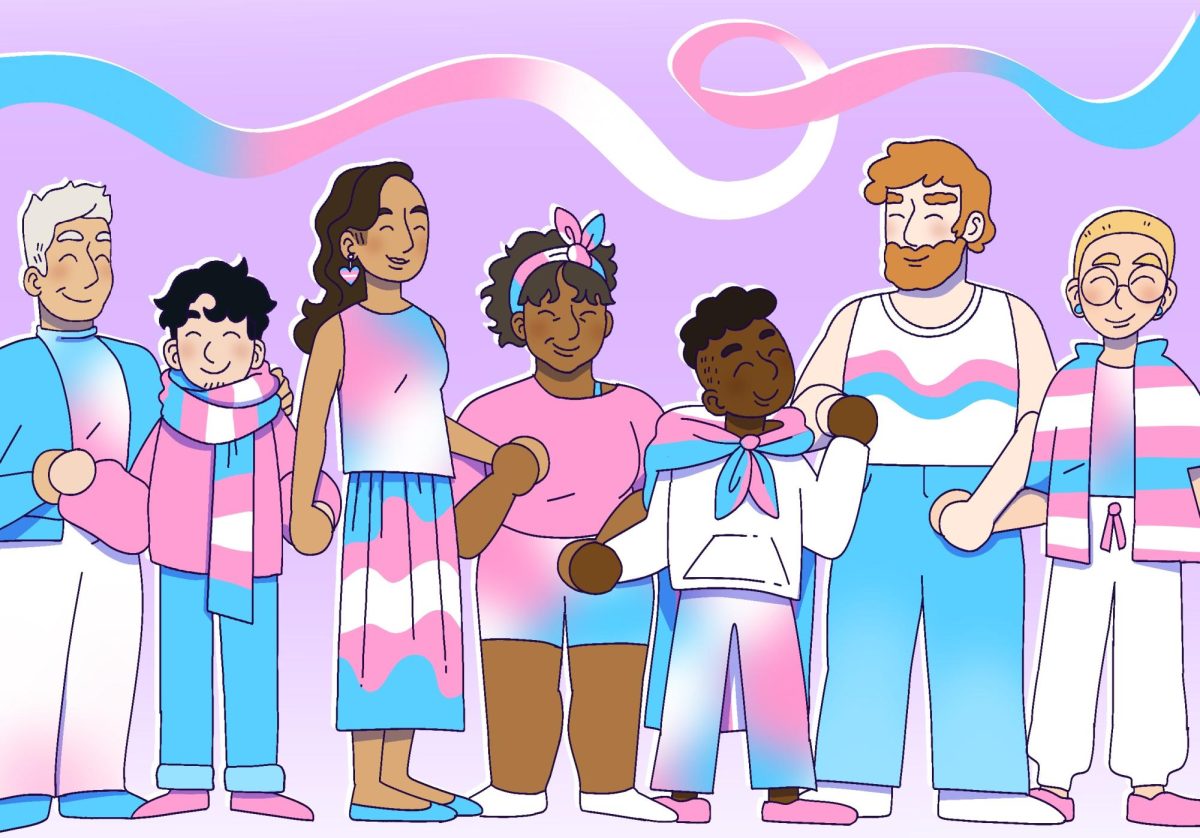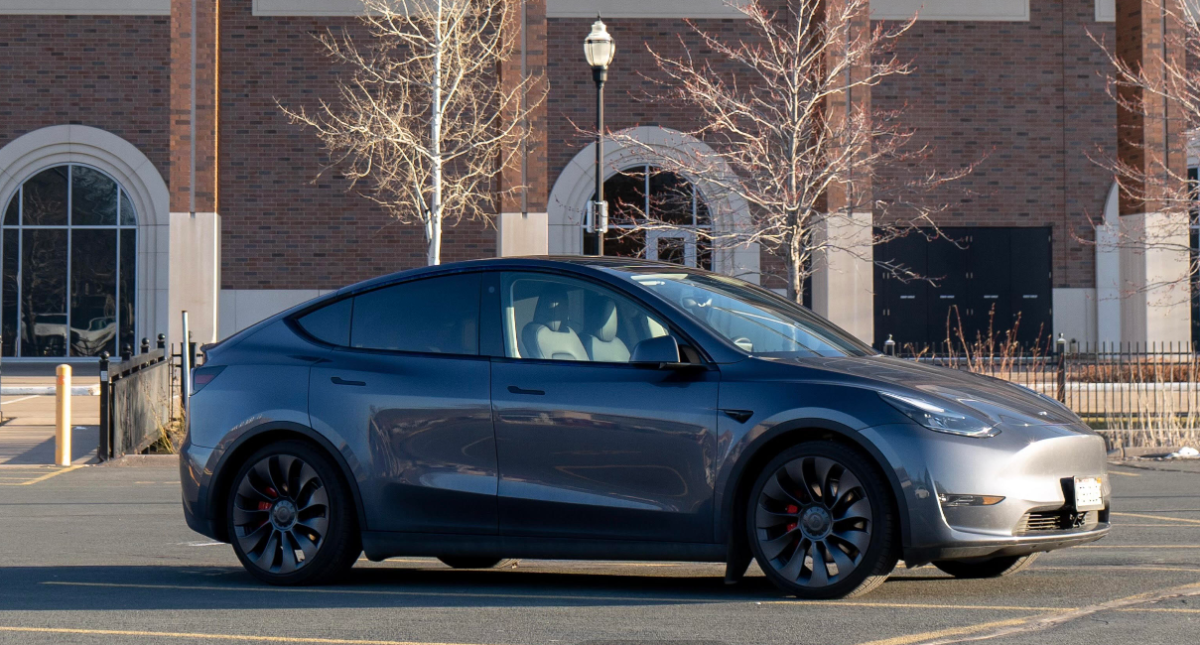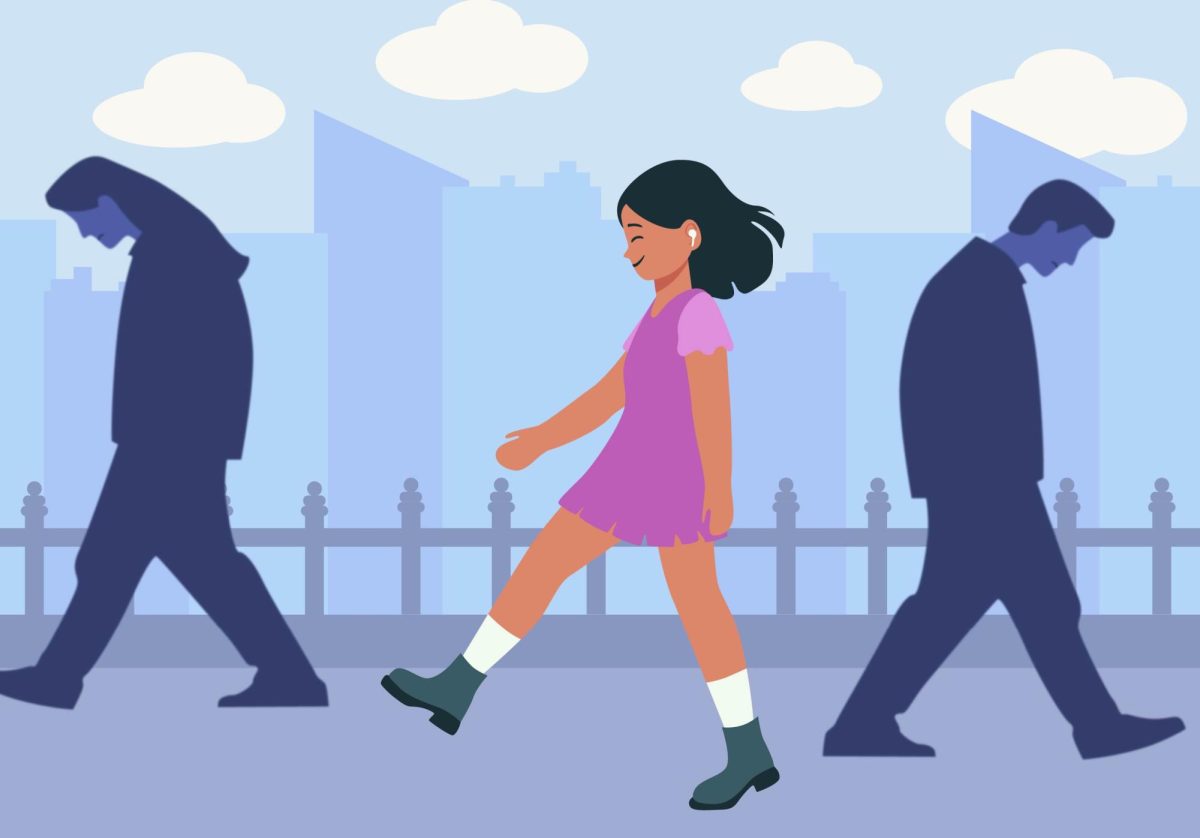The fourth-deadliest mass shooting to date in the United States was at Sandy Hook, on December 14, 2012. After that shooting, the National Rifle Association got to work to put together a response to prevent further deaths of schoolchildren. Shortly after, it unveiled the NRA National School Shield (NSS). Making this effort was a commendable decision on the NRA’s part, but the final product, with its recommendations for making schools safer places, boggles the mind. The report on the NSS, titled “Report of the National School Shield Task Force,” was published on April 2, 2013. The recommendations ultimately give off a certain aura, so here I’ll list a few main considerations.
The NSS keeps trees short and away from buildings to prevent window access; shrubbery may be no higher than 3 feet and should be thorny; and landscaping may not inhibit visibility into or out of campus. The NSS recommends the lobbies of schools have two sets of doors or some other secure way to form a box that traps a shooter. And, of course, absolutely everything inside and out should be surveilled via CCTV. The NSS is happy to ban windows altogether, or to make them as small as possible.
There are more details – and it’s a fun read – so I encourage you to check it out for yourself. On the bottom of page 34, you will find the concessions that the NSS makes in all the areas where Sandy Hook Elementary followed good school-security practices, including having an “intercom/camera system that assisted in screening visitors prior to entry.” But Sandy Hook was not battle-ready as “the gunman was apparently able to exploit one vulnerability by shooting through a front door, which was reportedly made from glass… it is apparent that the gunman had to overcome few if any obstacles.”
When I started looking into this issue and the NSS document, I thought it all was the silliest thing to fortify schools rather than confront gun violence. But the more I read, the more I found myself going along with the NSS. If I had children, I too would want them to be as safe as possible every day at school. Then I put the document down and started condensing what it said. It was a little jarring. I had been nodding along with a plan to make schools, bit by bit, into prisons.
I completely understand the inclination of the NRA to strengthen and secure schools. But this approach just beats around the bush, and an unintended consequence could very well be that children grow up feeling trapped in their own schools. For all the other various and sundry reasons that drive young people to murder their peers and teachers, this would be another one. After all, plenty of shooters were students or alumni of the schools they terrorized and knew the lay of the land. But there are less-extreme but still sad consequences: jail-like school buildings inhibit children’s ability and desire to learn. Especially in the high-risk areas the NSS goes after the most, even more children may see no point to stay in school. This is not unrelated to us. For example, I’m sure we all would rather attend lecture literally anywhere with windows instead of the dungeon that is Anderson Hall.
The solution to the crisis of school shootings isn’t to concede in front of our children that this is just the way it is, that shootings are inevitable, it’s likely that someone will want to use a gun to kill them and that we have to structure their very lives around a barrier method to death. The real solution, as it usually happens, is more difficult. It takes time, empathy and common-sense protection. The U.S. is the laughingstock of the developed and developing world for the number of deaths by shootings. And if the school-safety or gun-violence crisis is an open wound, then the NSS gives it a band-aid. Maybe it’ll be a placebo effect for a little while. But ultimately, nothing is healed.













